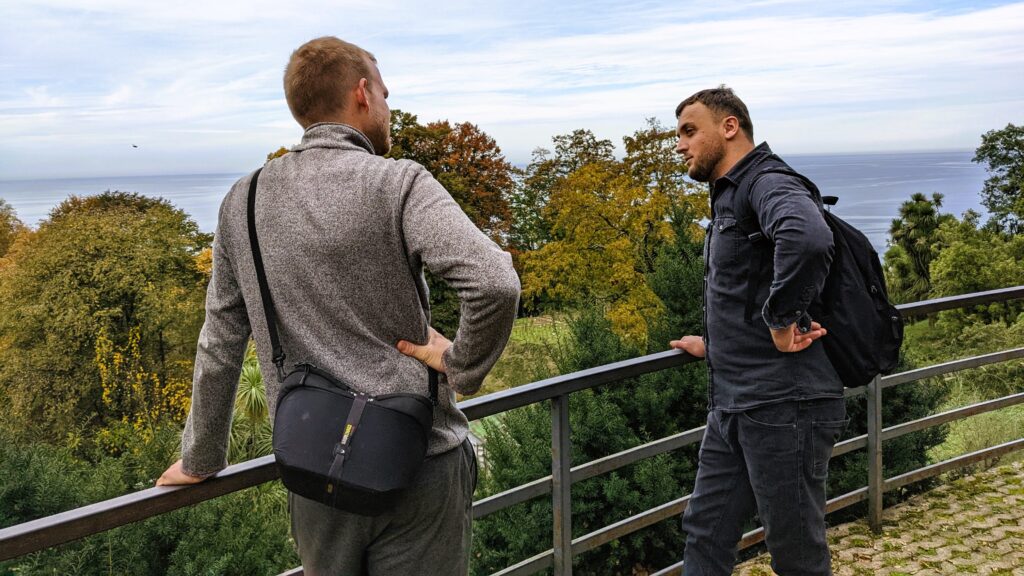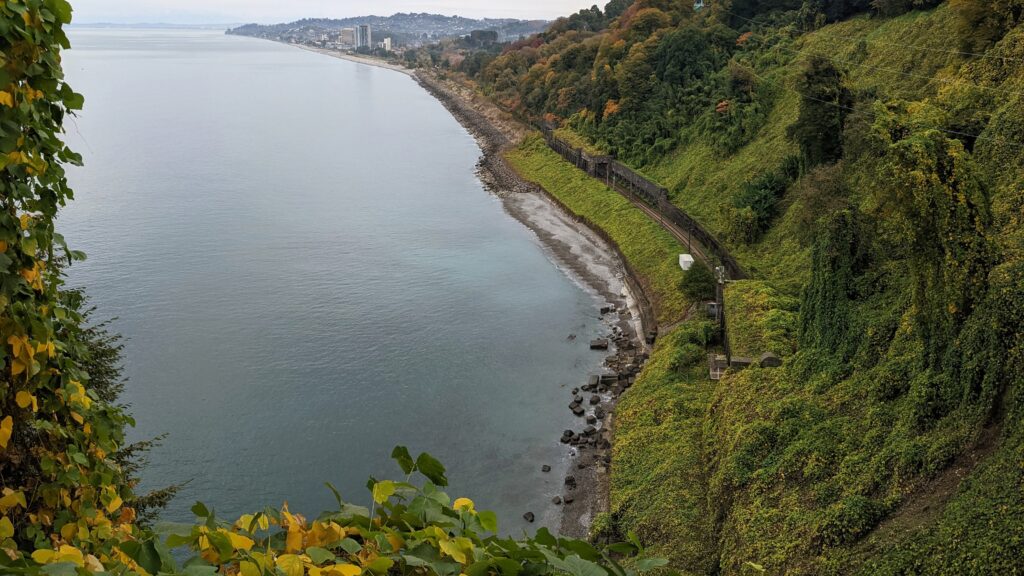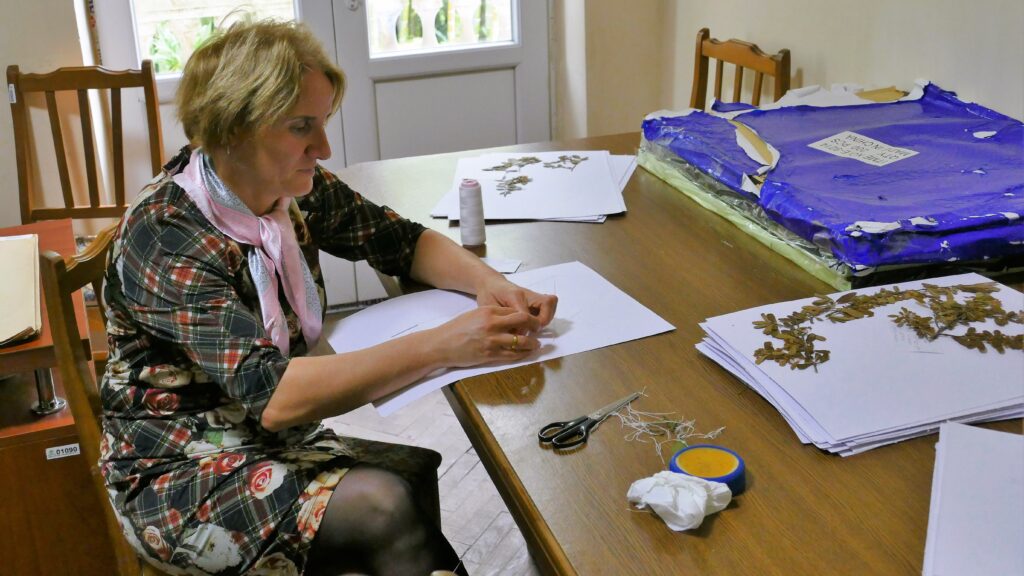Our first stop in Georgia was an extraordinary one for us. So far, we visited many NGOs, protected areas and research institutes that work with organisms in the wild. But this time, we visit a place that is not wild nature but still plays an important in protecting the world’s flora. The Batumi Botanical Garden is a 10 ha big mosaic of forest and park areas located a few kilometers outside of Batumi at the Black Sea coast. We are here to meet Temur Vasadze, the specialist for local flora and conservation as well as the responsible person for the newly established Alpine Garden. We want to learn which role botanical gardens play in nature conservation and which special role their Alpine Garden plays.


The Batumi Botanical Garden
Botanical gardens are common in many big cities around the world. Similar to zoos, they collect individuals of native and foreign plants, grow them on their territory and provide educational material and events about them. The Batumi Botanical Garden has nine zones with 2000 tree and other plant species from across the world. But it also has a small reserve with untouched endemic colchic forest. Within the “Botanic Gardens Conservation International” association, it is connected with 800 botanical gardens worldwide and exchanges seeds and knowledge to create a global seed bank and database that is crucial in times of the biodiversity crisis.



While the subtropical climate is beneficial for many plants, it makes it impossible to grow alpine species here, which are a big part of Georgia’s endemic flora. Hence, in 2016, the botanical garden opened a second location, the Alpine Garden near the Goderdzi pass. The Alpine Garden is located in the alpine areas of Adjara, at an elevation of 1900m. In contrast to the main location, Temur and his colleagues do not collect plants from different parts of the world for this garden. It is completely dedicated to native species of the Caucasus.
The Alpine Garden
Because we arrived in Georgia in November, we could unfortunately not visit the alpine garden ourselves. It closes in October and by the time we arrive in Batumi, it is already covered in snow.
This small video gives you a short glimpse and information about the alpine garden.
Temur tells us that he did trips all across the mountainous regions of Georgia to collect as many sub- and alpine plant species as possible and bring them to the Alpine garden for propagation. On 10 ha, over 160 species grow divided into forest, meadow, lake, swamp and rocky habitats. This includes a native beech and spruce-fir forest and as well as stand of wild fruit trees. It demonstrates and explains the typical vertical transition from deciduous to coniferous forest and alpine pastures above the tree line at 2400m.
All of this is only the start, though. There are 700 plant species that occur in the mountainous habitats of Adjara and the goal is to grow as many of them as possible in the alpine garden. Adjara as a whole has even 1800 native plant species, proving its incredible biodiversity. At the moment, Temur and the team focus on collecting and planting tree and shrub species as they take the longest to grow. They are successful, but it remains challenging: out of over 100 species that they brought to the garden and tried to grow, only 42 have survived.
Our biggest challenge is to grow plants for the garden from seeds. We grow them from seeds, because we do not want to remove plants from the wild, but that makes it hard for us. On the other hand, overcoming these challenges and seeing the plants grow, after I collected them with my own hands, is my favorite part of the job.
Temur Vasadze, head of the Alpine Garden
Protecting biodiversity and traditional knowledge
The alpine garden is also an important step to protect the traditional ethnobotanical knowledge of Adjara, a topic that we dove into with Soner & Ceren a week earlier. It hence educates visitors about the various uses of several plants and showcases traditional land use like beekeeping. Because of its innovative character, it is an internationally relevant project and gets support from the Munich Botanical Garden, Lautaret Alpine Garden and the Swiss Agency for Development. It serves several purposes as a plant collection, research institution, eco-education center and tourist attraction to strengthen rural development. It is also not only a refuge for flora, but also a trout, salamander and mouse species that are threatened.




One of the tasks of the Botanical Garden is to collect plant samples and seeds to catalog them and preserve them for the future.
Hence, the alpine garden is an important tool to preserve the floral diversity of the Caucasus in times of the biodiversity and climate crisis. It is also important to keep alive the traditional knowledge and lifestyle of this area where less and less people move to the mountain pastures in summer to rear livestock and produce local, eco-friendly and high-quality dairy products.

